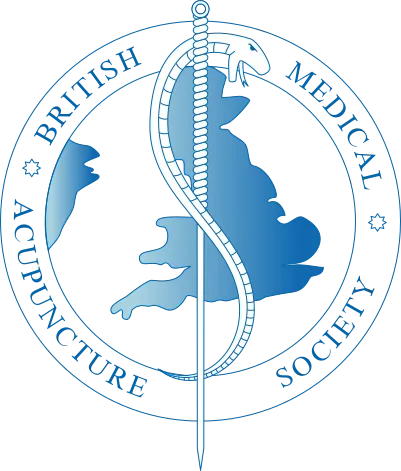Common causes of ankle and foot pain that can be helped by physiotherapy include:
- Ankle Sprains: One of the most common causes of ankle pain is a sprain, which occurs when the ligaments supporting the ankle are stretched or torn. Physiotherapy can include exercises to strengthen the ankle and improve balance and stability.
- Plantar Fasciitis: This condition involves inflammation of the plantar fascia, a thick band of tissue on the bottom of the foot. Physiotherapy may include stretching exercises, massage, and orthotics to relieve pain and improve foot function.
- Achilles Tendonitis: Inflammation of the Achilles tendon can cause pain at the back of the ankle. Physiotherapy can involve exercises to strengthen the calf muscles and eccentric loading exercises to promote tendon healing.
- Stress Fractures: Overuse or repetitive impact can lead to stress fractures in the bones of the foot. Physiotherapy focuses on rest, proper footwear, and gradual return to activity once the fracture has healed.
- Tendon Injuries: Injuries to tendons in the foot and ankle, such as peroneal or tibialis posterior tendon injuries, can cause pain and instability. Physiotherapy may include exercises to strengthen these tendons and improve their function.
- Bunions: A bunion is a bony bump that forms at the base of the big toe. Physiotherapy can help manage pain through exercises, footwear recommendations, and orthotic devices.
- Post-Surgical Rehabilitation: After foot or ankle surgery, such as ankle reconstruction or bunion surgery, physiotherapy is essential for regaining strength, mobility, and function.
- Shin Splints: Pain along the front or inside of the shin can be caused by overuse or improper biomechanics. Physiotherapy may involve gait analysis, orthotic recommendations, and exercises to address underlying issues.
- Flat Feet (Pes Planus): Physiotherapists can recommend exercises to strengthen the muscles in the arch of the foot and suggest orthotics to provide support and alleviate pain.
- Arthritis: Osteoarthritis and rheumatoid arthritis can affect the joints of the foot and ankle. Physiotherapy aims to improve joint mobility, reduce pain, and strengthen the surrounding muscles.
- Tarsal Tunnel Syndrome: Similar to carpal tunnel syndrome in the hand, tarsal tunnel syndrome involves compression of a nerve in the ankle. Physiotherapy may include exercises and modalities to reduce nerve irritation.
It’s crucial to consult with a physiotherapist or healthcare professional to accurately diagnose the cause of your ankle or foot pain and develop a personalized treatment plan. The specific physiotherapy techniques and exercises recommended will depend on the underlying condition and individual factors.
What can we do to help?
When you visit us for your sore foot and ankle, you can expect a comprehensive approach to effectively address your pain. The process begins with an initial assessment, during which we will collect information about your medical history, pain duration, and aggravating or alleviating activities.
Following the assessment, a physical examination evaluates your foot and ankle’s range of motion, strength, flexibility, and stability, with gait analysis if necessary.
Based on this assessment, we will tailor a treatment plan. This plan typically includes manual therapy, exercises to strengthen muscles and improve flexibility, and modalities like heat or cold therapy.
Throughout your treatment, we will monitor progress and adjusts the plan as needed. You’ll receive education on your condition, home exercises, and preventive strategies.
In summary, physiotherapy for a sore foot and ankle aims to reduce pain, enhance function, and improve your quality of life by addressing underlying causes. Adhering to the recommended plan and communication with your physiotherapist are vital for the best results.











